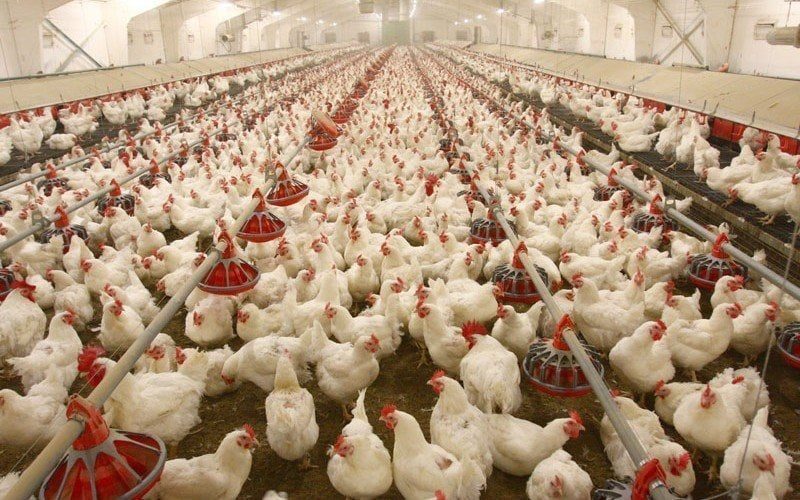Porto Alegre, February 23, 2024 – The outlook for chicken farming in 2024 is quite interesting. This protein continues to be preferred by a large portion of the Brazilian population, especially those families that receive between one and two minimum salaries on average. The purchasing power difficulties of the Brazilian population are preponderant to the preference for products with lower added value. Within the meat industry, preference tends to fall on chicken cuts, eggs, and sausages, which fit more easily into the household budget.
From the perspective of exports, the global picture still places Brazil in a prominent position. The expectation is for an important volume of shipments, with the country still accounting for a third of the global trade flow. Basically, Brazil is expanding its export volume to countries that are already captive customers, such as China, Japan, and Saudi Arabia. This trend is expected to be sustained in 2024, with Brazil being the only major producer of chicken meat free of disease outbreaks in commercial flocks.
The disease appears to have lost intensity, which does not mean that Brazil might relax the assertive biosecurity strategies that have been adopted to date. To avoid surprises, it is important to keep the Brazilian commercial workforce unaware of Avian Influenza. To date, there are 151 outbreaks of the disease in Brazil, 148 of which are in wild animals, and only 3 in backyard birds, which does not alter Brazil’s health status in any way.
Inspection needs to be maintained, especially because we are still at a time of migration of birds, which usually migrate during the winter in the Northern Hemisphere toward the higher summer temperatures of the Southern Hemisphere. In this environment, contaminated birds come into contact with native Brazilian fauna, spreading the disease.
The Brazilian production scale allows for the placement of a significant volume of chicken meat on the international market. According to a projection prepared by SAFRAS & Mercado, Brazil should export around 4.956 mln tons of chicken meat in 2024, a decrease of 1.44% compared to 2023, the year in which Brazil broke an export record, with the shipped volume of 5.028 mln tons.
The problem with Brazilian shipments in recent months is far from the volume of product exported, but rather the prices paid for chicken meat on the international market. Prices fell throughout last year, a consequence of Chinese behavior in purchasing proteins of animal origin on the international market. Echoes of the oversupply crisis in Chinese pig farming and the visible macroeconomic difficulties that Brazil’s main trading partner is going through.
The decline in global prices is clear. Last year China paid an average of USD 2,358.38 for a ton of chicken meat, against USD 2,471.79 in 2022. The other importers of chicken meat made a similar move and reduced their prices last year. The average in 2023 was USD 1,915.52, in 2022 this average was USD 2,045.36. The recovery of prices paid for proteins of animal origin on the international market directly depends on the resumption of economic activity in China and the reduction in the supply of pork in the Chinese domestic market. The scenario for price recovery is more promising for the second half of the year, although this movement should occur slowly. The challenges are great on both fronts.
From a production perspective, Brazil must maintain strategies to adjust its breeder chick housing in line with the market challenges. At a time when corn supplies are more complicated, as is usually the case in the first half of the year, the best strategy is to maintain slightly smaller housing compared to 2023.
In this case, the expectation is that around 15.063 mln tons of chicken meat will be produced in Brazil, an increase of 0.7% compared to the 14.96 mln tons produced last year. With these numbers presented, there will be evidence of growth in domestic supply between one year and another of around 1.8%, with 10.11 mln tons offered in the domestic market.
It is important to mention that this internal supply will be highly relevant to issues involving the food security of the Brazilian population, offering good prospects for consuming high-quality protein to families with less purchasing power.
The sector will have a year of satisfactory margins, as long as it acts proactively in the acquisition of inputs, especially corn and soymeal. Furthermore, it will be necessary to expand the supply of Brazilian chicken meat around the world, seeking, in addition to new markets, to add value to the very high-quality product offered by the country.
Copyright 2024 – Grupo CMA

